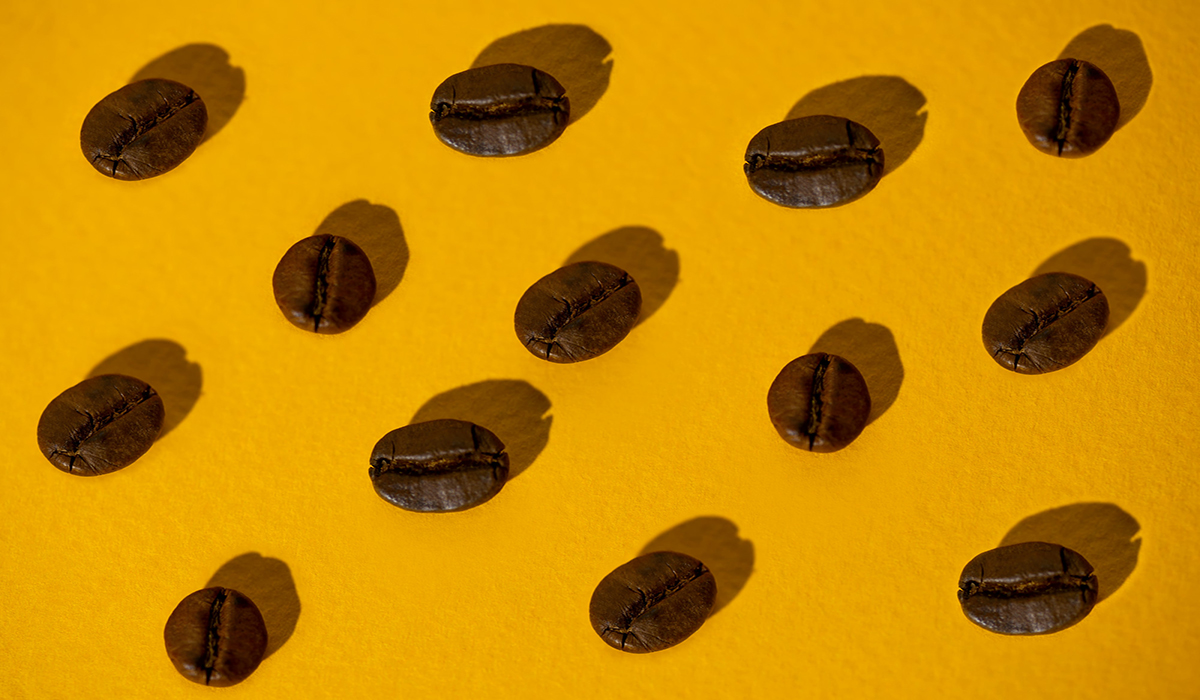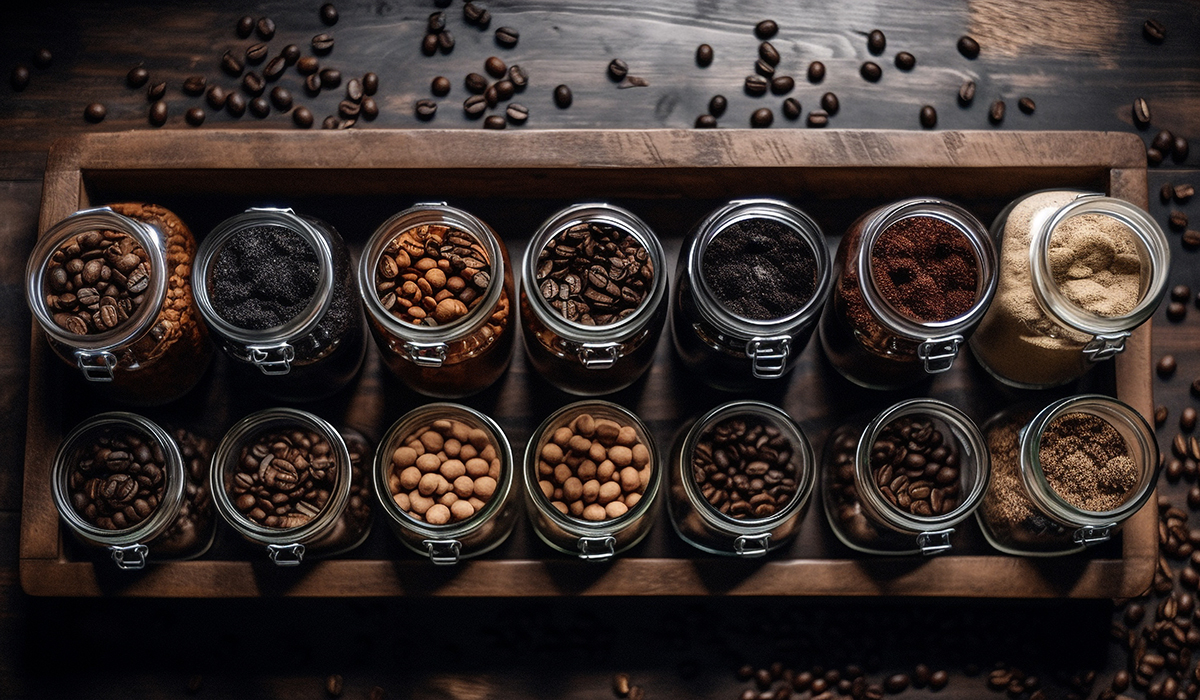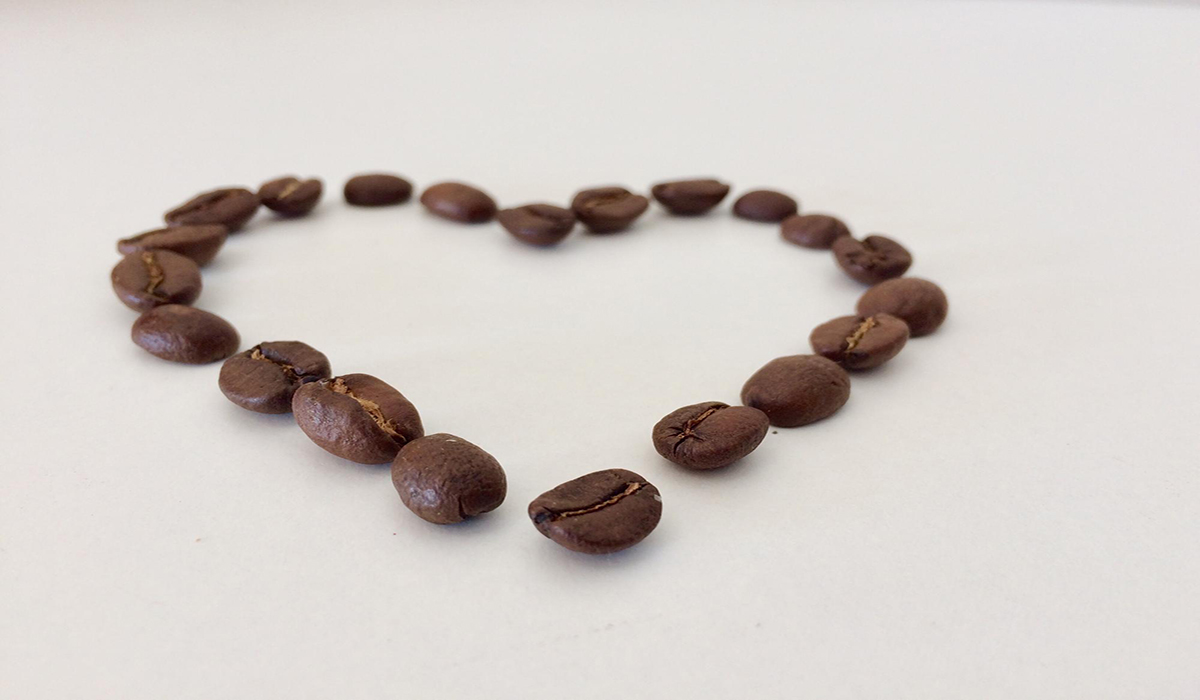The Shape of Different Types of Coffee Beans: Visual Differences and Characteristics of Each Type

Coffee is a delightful beverage that starts our mornings with its unique aroma and flavor. But how much do we really know about the shape of different types of coffee beans? How can we tell good coffee from bad? In this article, you’ll learn everything about the shapes of various coffee beans and their visible differences.
Types of Coffee Beans and Their Physical Features
The world of coffee is full of variety and wonder. Each coffee bean has its own story, and its appearance can reveal a lot about its quality and flavor. When discussing the different types of coffee beans, we must consider both subtle and obvious differences, each with its own significance.
These differences—ranging from shape and color to surface texture—serve as clues to the type of coffee we’re dealing with. In the coffee market, various bean types exist, each with its own distinct look.
For instance, coffee beans from South American farms are typically larger and rounder, while African beans are often longer and slimmer.
Parto Padideh Company, as one of the leading coffee bean suppliers in Iran, understands these distinctions and assists its customers in making better choices.
Introduction to Main Coffee Bean Types
There are four main types of coffee beans in the world:
-
Arabica: These beans make up about 60–70% of global coffee production and are popular for their mild flavor and pleasant acidity.
-
Robusta: These beans contain more caffeine than Arabica and offer a stronger, more bitter flavor.
-
Liberica: Less common, these beans have a distinctive aroma and flavor.
-
Excelsa: Also relatively unknown, these beans are often used to add complexity to coffee blends.
Visible Differences Between Coffee Bean Types
-
Arabica: Usually oval-shaped with a curved central crease.
-
Robusta: Smaller and rounder than Arabica, with a straight central crease.
-
Liberica: Larger, asymmetrical beans shaped somewhat like a teardrop.
-
Excelsa: Smaller and elongated, often blended with other beans for added depth.
Arabica vs. Robusta: A Visual Comparison
Arabica and Robusta are like stepsisters—part of the same family but with clear differences. Arabica beans are delicate and elongated, with a wavy center line as if hand-drawn on the surface. They tend to be light brown with a smoother texture.
When held, Arabica beans feel light and soft. Robusta beans, on the other hand, tell a different story. They’re rounder and bulkier, resembling tiny balls ready to roll. Their center line is straight, and their color is typically darker than Arabica.
Robusta beans have a rougher surface, almost like touching tree bark. These differences ultimately affect the coffee’s flavor and aroma.
What Do Green Coffee Beans Look Like?
Green coffee beans are freshly harvested and unroasted. They resemble green peas—not in color, but in firmness and density. Their color is a grayish green, and under sunlight, they may appear to have a silvery coating.
In fact, the shape of different types of coffee beans in the green stage is a gift from nature itself. When you cut a green bean, you’ll find a dense, leathery texture. These beans are much harder than roasted ones and have a grassy scent, reminiscent of freshly cut grass.
Interestingly, green beans can retain their quality for extended periods, while roasted beans need to be consumed sooner.
How The Shape Of Different Types Of Coffee Beans Affects Roasting and Flavor
A coffee bean’s shape is like its fingerprint—it tells a story about the final flavor in your cup. Larger beans usually roast more slowly and offer more balanced flavors. Smaller beans heat up quickly and may have more intense tastes.
By examining the shapes of different coffee beans, you can guess which ones will yield a smoother flavor. Bean surface texture also plays a key role. Smoother beans roast more evenly, producing a well-rounded taste.
In contrast, beans with uneven surfaces may roast inconsistently in different areas, leading to more complex, layered flavors in your cup.
The size and the shape of different types of coffee beans directly influence the roasting process. Larger beans may require more roasting time, while smaller ones roast faster—both affecting the final flavor profile.
How to Identify High-Quality Coffee Beans by Appearance
A keen eye can spot the quality of coffee beans at first glance. Premium beans are typically uniform in size—like soldiers lined up in a row. Their color is consistent, with no dark or light patches.
High-quality the shape of different types of coffee beans look as if each one was carefully handpicked. Another important factor is the aroma. Fresh, top-grade beans have a vibrant, lively smell. If you detect any musty, moldy, or stale odors, the beans are likely of poor quality.
Also, quality beans should not have cracks or deep splits. These visible signs can help you make better coffee choices.
Key Points to Consider When Choosing Coffee Beans
-
Freshness: Freshly roasted beans offer better aroma and flavor.
-
Uniformity: Beans with consistent size and shape roast and grind more evenly.
-
Origin: Knowing where the beans come from can help predict their flavor and quality.
Conclusion
Learning the shape of different types of coffee beans is like learning a new language—it may seem difficult at first, but with practice and attention, you’ll get the hang of it. Every coffee bean has its own story and can reveal many secrets about its flavor and quality.
With the knowledge you’ve gained today, you’ll be better equipped to identify high-quality beans and enjoy a more satisfying coffee experience.



